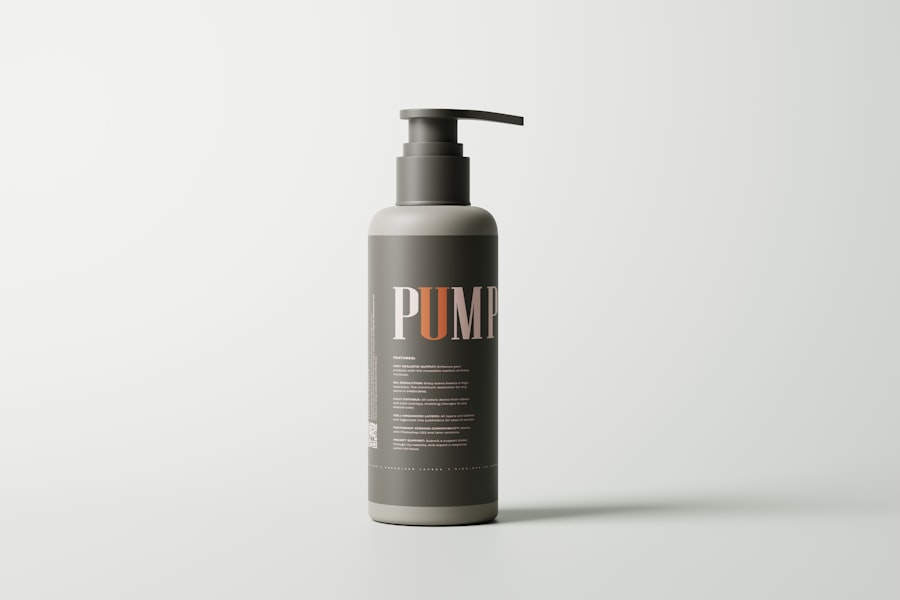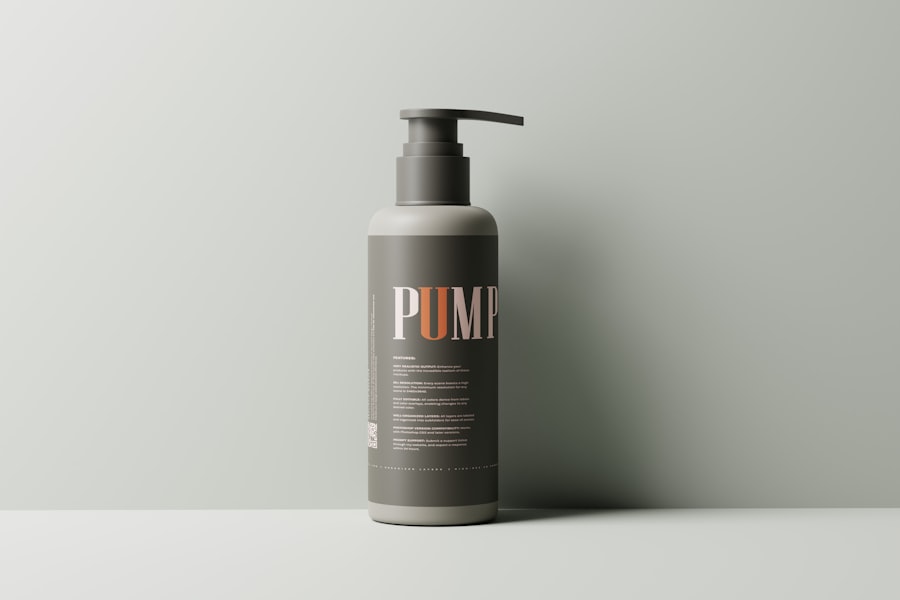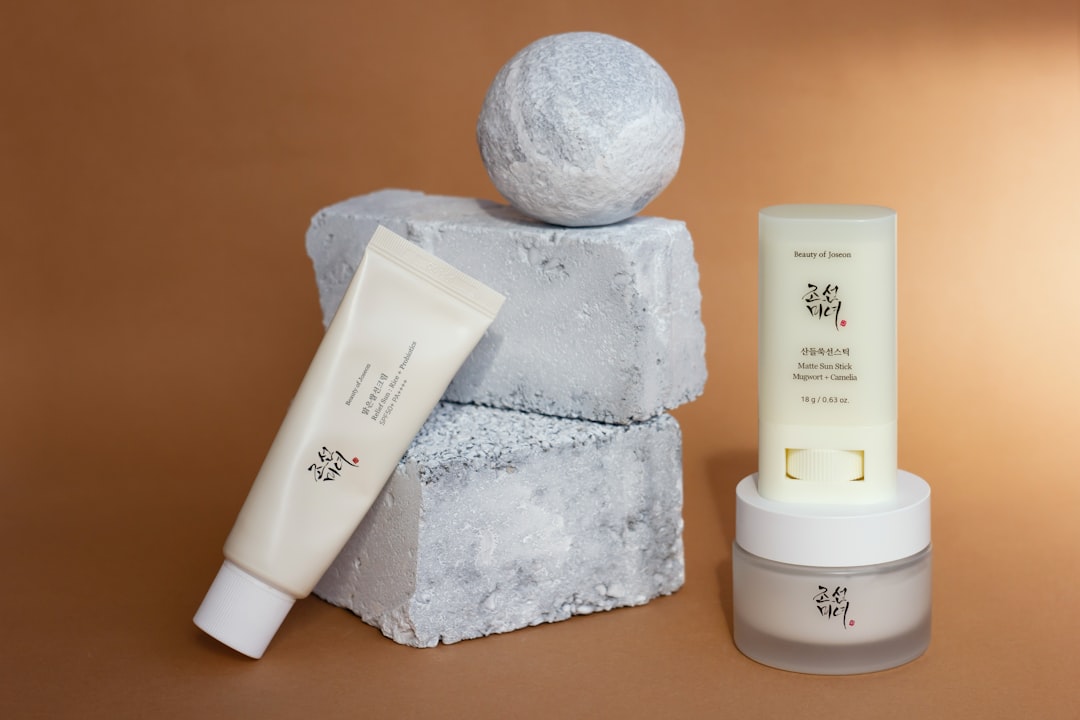Aftercare is a crucial aspect of any beauty or wellness treatment, yet it is often overlooked. You may find yourself excited about the immediate results of a procedure, but neglecting aftercare can lead to complications that diminish those results. Understanding the importance of aftercare is essential for maintaining the health and appearance of your skin.
Aftercare not only helps in healing but also enhances the longevity of the treatment you have received. Whether you’ve undergone a facial, laser treatment, or any other skin procedure, the steps you take afterward can significantly impact your overall experience. When you invest time and resources into a treatment, it’s only logical to follow through with proper aftercare.
This phase is where your skin begins to heal and adapt to the changes made during the procedure.
Moreover, effective aftercare can amplify the benefits of your treatment, ensuring that you enjoy the results for as long as possible.
It’s not just about looking good; it’s about feeling confident in your skin and knowing that you’ve done everything possible to protect it.
Key Takeaways
- Aftercare is crucial for maintaining the results of your skin treatments and ensuring proper healing.
- Protect your skin from sun exposure by using sunscreen and wearing protective clothing.
- Keep your skin moisturized and hydrated to promote healing and prevent dryness.
- Avoid hot showers and baths to prevent irritation and dryness of the skin.
- Exfoliate regularly to prevent ingrown hairs and keep your skin smooth.
Protecting Your Skin from Sun Exposure
One of the most critical aspects of aftercare is protecting your skin from sun exposure. After undergoing a treatment, your skin may be more sensitive and vulnerable to damage from UV rays. You should make it a priority to apply a broad-spectrum sunscreen with an SPF of at least 30 every day, even on cloudy days.
This protective measure is essential not only for preventing sunburn but also for avoiding hyperpigmentation and premature aging. You might consider reapplying sunscreen every two hours, especially if you are spending extended periods outdoors. In addition to sunscreen, wearing protective clothing can further shield your skin from harmful rays.
Wide-brimmed hats and UV-blocking sunglasses are excellent choices that can help minimize direct exposure to sunlight. If you plan to be outside for an extended period, seek shade whenever possible. Remember that even short bursts of sun exposure can have lasting effects on your skin, particularly after a treatment that has made it more susceptible to damage.
By taking these precautions seriously, you can ensure that your skin remains healthy and radiant.
Moisturizing and Hydrating Your Skin

Moisturizing and hydrating your skin is another vital component of aftercare that should not be overlooked. After treatments, your skin may feel dry or tight, making it essential to replenish moisture levels. You should choose a gentle, hydrating moisturizer that suits your skin type and apply it regularly.
Look for products containing ingredients like hyaluronic acid, glycerin, or ceramides, which are known for their ability to attract and retain moisture. Keeping your skin well-hydrated will not only improve its texture but also aid in the healing process. In addition to topical moisturizers, consider increasing your water intake to support hydration from within.
Drinking plenty of water helps maintain your skin’s elasticity and overall health. You might also want to incorporate hydrating serums or facial oils into your routine for an extra boost of moisture. These products can penetrate deeper layers of the skin, providing long-lasting hydration and promoting a healthy glow.
By prioritizing hydration in your aftercare routine, you can enhance the results of your treatment and keep your skin looking its best.
Avoiding Hot Showers and Baths
| Benefits of Avoiding Hot Showers and Baths | Effects |
|---|---|
| Preserves natural oils in the skin | Prevents dryness and irritation |
| Helps maintain skin’s natural pH balance | Reduces risk of skin infections |
| Improves blood circulation | Enhances overall skin health |
| Reduces energy consumption | Environmental benefits |
While it may be tempting to indulge in a hot shower or bath after a treatment, it’s crucial to avoid high temperatures during the initial healing phase. Hot water can strip your skin of its natural oils and exacerbate any sensitivity or irritation you may be experiencing. Instead, opt for lukewarm water when bathing or showering.
This simple adjustment can make a significant difference in how your skin feels and recovers post-treatment. Additionally, limit the duration of your showers to prevent excessive drying out of your skin. Prolonged exposure to water can lead to moisture loss, which is counterproductive when you’re trying to maintain hydration levels.
After showering, gently pat your skin dry with a soft towel rather than rubbing it vigorously. This gentle approach will help preserve moisture while minimizing irritation. By being mindful of water temperature and shower duration, you can create a more favorable environment for your skin to heal.
Exfoliating to Prevent Ingrown Hairs
Exfoliation is an essential step in any skincare routine, especially after treatments that may lead to ingrown hairs. If you’ve had hair removal procedures like waxing or laser treatments, you might be at risk for ingrown hairs as your hair follicles begin to regenerate. To combat this issue, incorporating gentle exfoliation into your aftercare routine can be highly beneficial.
You should aim to exfoliate your skin two to three times a week using a mild scrub or chemical exfoliant containing ingredients like alpha-hydroxy acids (AHAs) or beta-hydroxy acids (BHAs). Exfoliating helps remove dead skin cells that can clog hair follicles and lead to ingrown hairs. However, it’s essential to be cautious not to over-exfoliate, as this can irritate sensitive skin post-treatment.
Listen to your skin’s needs and adjust the frequency accordingly. If you notice any signs of irritation or discomfort, consider reducing the frequency or switching to a gentler exfoliant. By maintaining a balanced exfoliation routine, you can promote smoother skin and reduce the likelihood of ingrown hairs.
Being Mindful of Your Clothing Choices

Your clothing choices play a significant role in how well your skin heals after a treatment. Aftercare requires you to be mindful of what you wear, as certain fabrics and styles can irritate sensitive skin. Opt for loose-fitting clothing made from breathable materials like cotton or linen that won’t rub against your skin or cause friction.
Tight clothing can trap heat and moisture against your skin, potentially leading to irritation or breakouts. Additionally, consider avoiding synthetic fabrics that may cause discomfort or exacerbate sensitivity. If you’ve had a treatment on a specific area of your body, such as legs or arms, be particularly cautious about what you wear in those areas until they have fully healed.
By choosing appropriate clothing during the recovery period, you can create a more comfortable environment for your skin and support its healing process.
Monitoring for Any Adverse Reactions
As part of your aftercare routine, it’s essential to monitor your skin for any adverse reactions following a treatment. While most procedures are safe and well-tolerated, some individuals may experience unexpected side effects such as redness, swelling, or itching. Keeping an eye on these symptoms will allow you to address any issues promptly before they escalate into more significant problems.
If you notice any unusual changes in your skin’s condition or if symptoms persist longer than expected, don’t hesitate to reach out to your skincare professional or dermatologist for guidance. They can provide valuable insights into whether what you’re experiencing is normal or if further intervention is necessary. Being proactive about monitoring your skin will empower you to take control of your aftercare journey and ensure that you achieve the best possible results from your treatment.
Following Up with Maintenance Treatments
Finally, following up with maintenance treatments is an integral part of ensuring long-lasting results from any skincare procedure you’ve undergone. Many treatments require periodic touch-ups or follow-up sessions to maintain their effectiveness over time. You should discuss a maintenance schedule with your skincare professional during your initial consultation so that you have a clear understanding of what to expect moving forward.
Regular maintenance treatments not only help preserve the results you’ve achieved but also allow for ongoing improvements in your skin’s health and appearance. Whether it’s scheduling follow-up facials, laser sessions, or other procedures tailored to your needs, committing to this aspect of aftercare will pay off in the long run. By prioritizing maintenance treatments alongside diligent aftercare practices, you can enjoy beautiful, healthy skin that reflects the investment you’ve made in yourself.
In conclusion, aftercare is an essential component of any skincare treatment that should never be underestimated. By understanding its importance and implementing effective strategies—such as protecting against sun exposure, moisturizing adequately, avoiding hot showers, exfoliating properly, being mindful of clothing choices, monitoring for adverse reactions, and committing to maintenance treatments—you can ensure that your skin remains healthy and radiant long after your initial procedure. Taking these steps will not only enhance the results of your treatment but also empower you with confidence in your skincare journey.
For more information on long-term laser hair removal aftercare tips, you can visit this article on the In Laser Hair Removal website. Additionally, you may also be interested in reading their article on home fashion trends here. And don’t forget to check out their privacy policy here for more information on how your personal information is handled.
FAQs
What is long-term laser hair removal aftercare?
Long-term laser hair removal aftercare refers to the ongoing maintenance and care required after completing a series of laser hair removal treatments. This includes protecting the skin, avoiding certain activities, and using specific products to ensure the best long-term results.
Why is aftercare important for long-term laser hair removal?
Aftercare is important for long-term laser hair removal to maintain the results of the treatment and to prevent any potential side effects. Proper aftercare can help minimize the risk of complications and ensure that the hair does not regrow.
What are some tips for long-term laser hair removal aftercare?
Some tips for long-term laser hair removal aftercare include avoiding sun exposure, using sunscreen, avoiding hot showers and saunas, avoiding certain skincare products, and moisturizing the skin regularly.
How long does aftercare for laser hair removal last?
Aftercare for laser hair removal should be followed for at least a few weeks after each treatment session. However, it is recommended to continue following aftercare guidelines for the long-term to maintain the results of the treatment.
Are there any specific products recommended for long-term laser hair removal aftercare?
Some specific products recommended for long-term laser hair removal aftercare include gentle cleansers, fragrance-free moisturizers, and broad-spectrum sunscreen with SPF 30 or higher. It is important to consult with a dermatologist or skincare professional for personalized recommendations.





